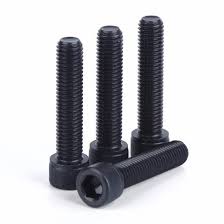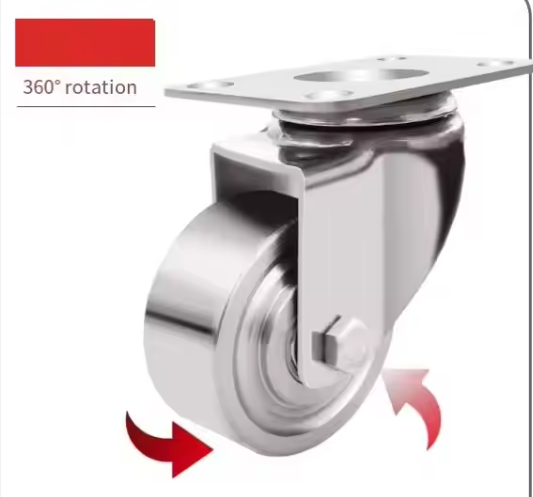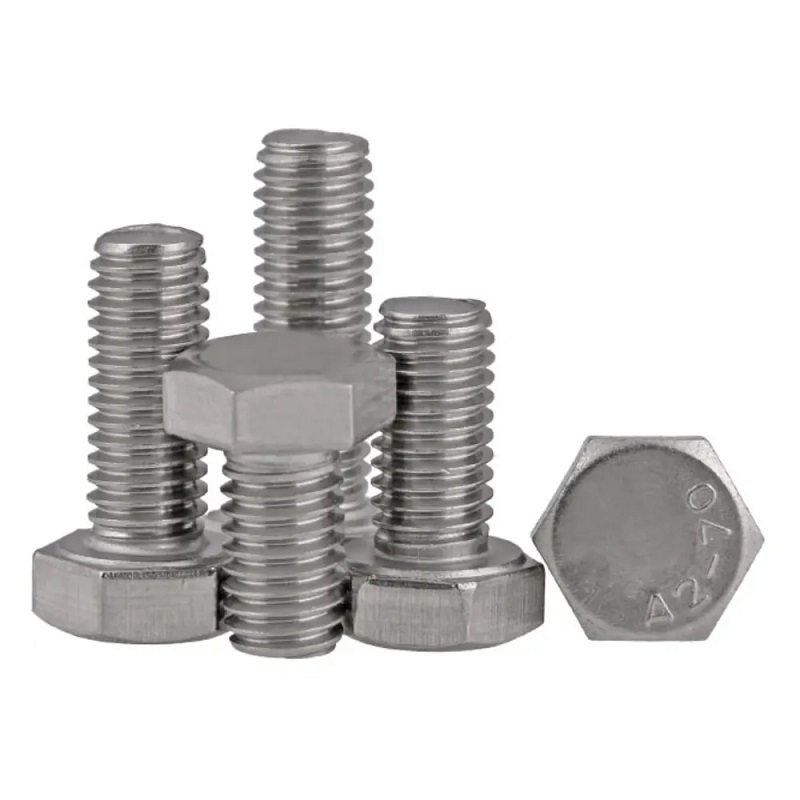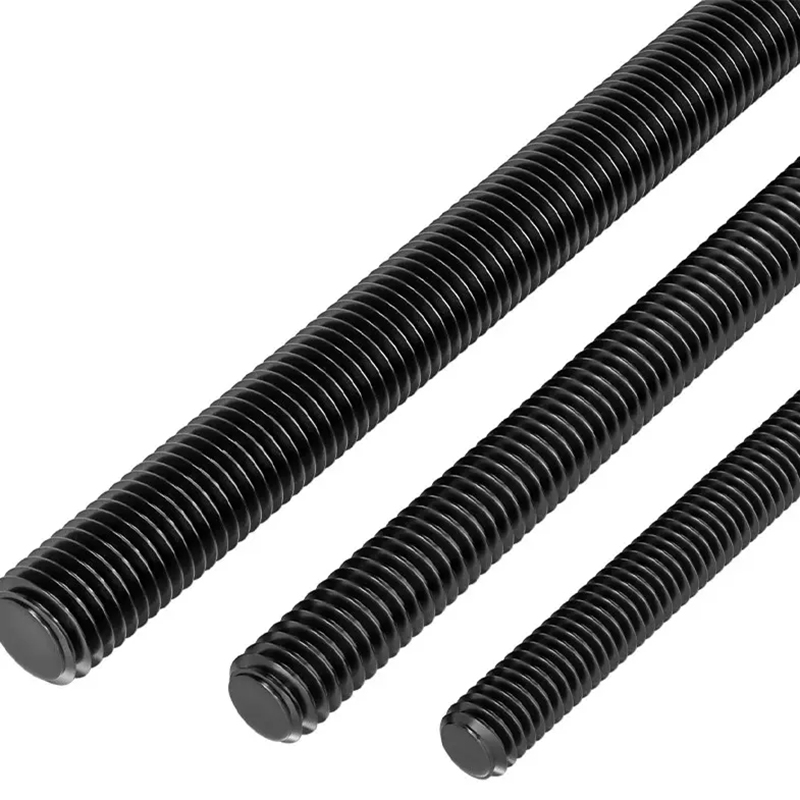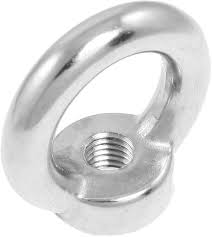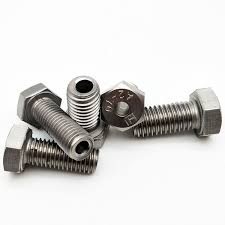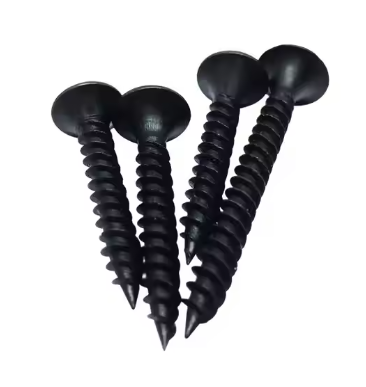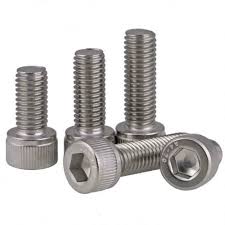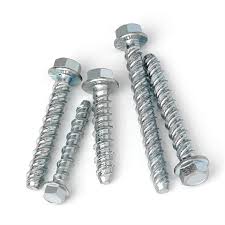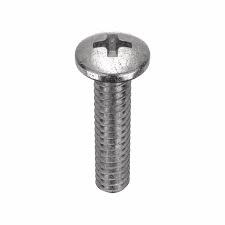

This comprehensive guide explores the world of bearing lock nuts, providing crucial information to help you select the optimal solution for your specific application. We'll delve into different types, materials, applications, and crucial considerations to ensure a secure and reliable fastening solution. Learn how to identify the key characteristics to look for and avoid common pitfalls when choosing a bearing lock nut.
Standard hex bearing lock nuts are versatile and widely used. Their hexagonal shape provides a strong grip and allows for easy tightening with a wrench. Different materials, like steel, stainless steel, and nylon-insert, offer varying levels of corrosion resistance and vibration damping. Choosing the right material depends on the environment and application requirements. For high-strength applications, consider hardened steel variants. For corrosive environments, stainless steel is recommended. Nylon-insert nuts offer additional vibration damping properties.
Flange bearing lock nuts feature a built-in flange that increases the bearing surface area, improving clamping force and preventing the nut from rotating during assembly or operation. They are particularly useful when the application lacks sufficient space for a washer or when a larger surface area is needed to distribute the load evenly.
Castle bearing lock nuts have slots cut into the top of the nut, allowing for the use of a cotter pin. This provides an additional level of security, preventing the nut from loosening under vibration or other stress. They are commonly used in applications where safety and reliability are paramount, such as in automotive and aerospace industries.
Jam nuts, also known as lock nuts, are used in pairs. One nut is tightened against the other, creating friction that prevents the primary nut from loosening. This provides a simple, yet effective, locking mechanism suitable for less demanding applications.
The material of a bearing lock nut significantly impacts its performance. Common materials include:
| Material | Advantages | Disadvantages |
|---|---|---|
| Steel | High strength, cost-effective | Susceptible to rust |
| Stainless Steel | Corrosion resistant, high strength | More expensive than steel |
| Nylon Insert | Vibration damping, self-locking | Lower tensile strength than metal |
Selecting the appropriate bearing lock nut requires careful consideration of several factors, including thread size, material, application environment, and required locking strength. Always consult relevant industry standards and specifications to ensure compliance and safety.
For high-quality bearing lock nuts and other fasteners, explore the extensive range available at Hebei Dewell Metal Products Co., LTD. They offer a wide selection of materials and types to suit diverse applications.
Regular inspection of bearing lock nuts is crucial to prevent loosening and ensure the continued safety and efficiency of machinery. If you find a loose nut, immediately tighten it. If the nut continues to loosen, consider replacing it with a different type of bearing lock nut or employing additional locking mechanisms.
This guide provides a foundational understanding of bearing lock nuts. Remember to always prioritize safety and consult with engineering professionals for complex applications.

